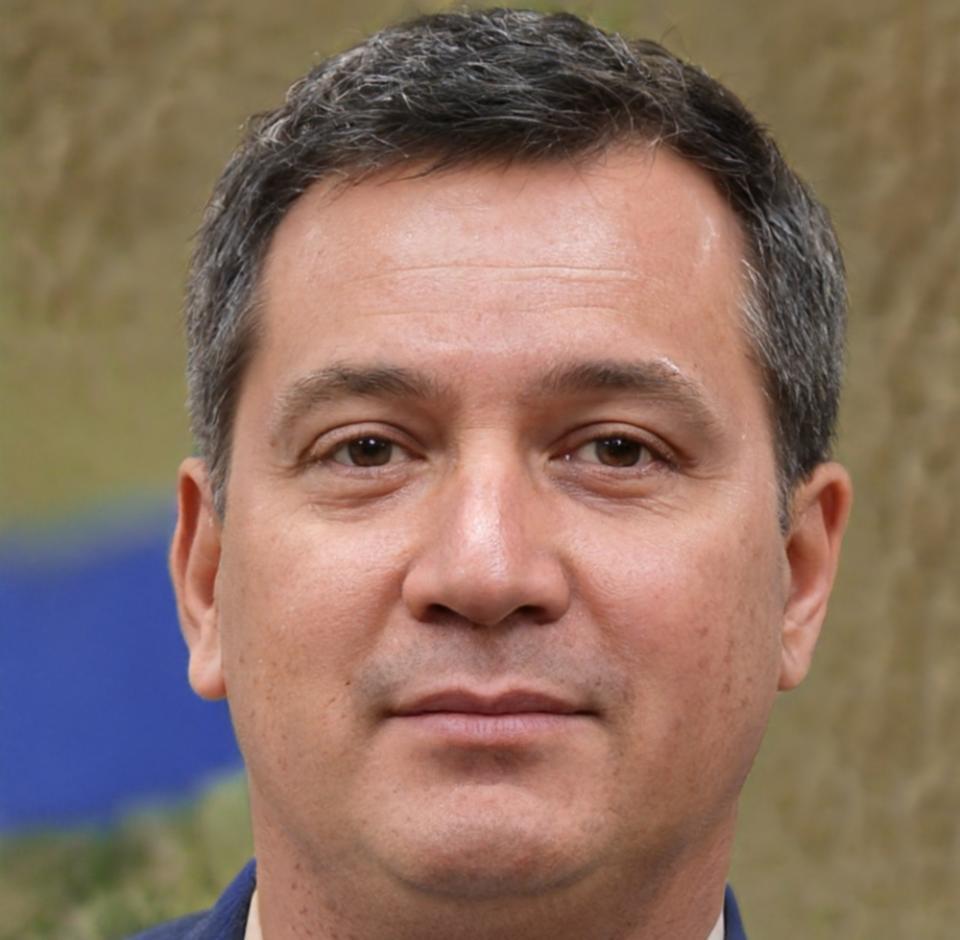Investment Theory Questions Answered
Real answers from people who've been teaching portfolio construction and market analysis since 2018. No jargon overload—just the stuff that actually matters when you're trying to make sense of how markets work.
Portfolio Basics
What's the difference between active and passive investing?
Active means you're picking individual stocks or timing the market. Passive means you buy index funds and hold them. Most research shows passive wins over long periods because fees eat into active returns.
How much should I actually diversify?
Around 20-30 stocks gets you most diversification benefits. Beyond that, you're just adding complexity. Geographic and sector diversity matter more than total number of holdings.
Is rebalancing really necessary?
It depends on your risk tolerance. If one position grows to 40% of your portfolio, you're taking concentrated risk whether you like it or not. Annual or semi-annual rebalancing keeps things in check.
Market Analysis
Can you actually predict market movements?
Short-term? No one can do it consistently. Long-term trends based on fundamentals and economic cycles? Those are a bit more reliable, but still not guarantees.
What indicators should I watch?
P/E ratios, earnings growth, interest rates, and yield curves give you context. But watching indicators doesn't mean you need to trade on every signal. Context matters more than any single metric.
How do I know if something's overvalued?
Compare current valuations to historical averages and growth prospects. If a company trades at 50x earnings but grows at 5% annually, something's off. But high valuations can persist longer than you'd expect.
Risk Management
How much risk should I take?
Depends on your timeline and what you can stomach emotionally. If a 20% drop makes you sell everything, you're taking too much risk regardless of what theory says.
Are bonds still relevant in 2025?
They provide stability and diversification from stocks. With interest rates normalizing, bonds are playing their traditional role again after years of low yields.
What about alternative investments?
REITs, commodities, and other alternatives can reduce correlation with stocks. But they come with their own complexity and liquidity considerations. Start with basics first.
Strategy Questions
Should I dollar-cost average or lump sum invest?
Lump sum wins statistically since markets trend up over time. But dollar-cost averaging feels less risky psychologically. Pick the approach you'll stick with.
How important is tax efficiency?
Very, especially as your portfolio grows. Tax-loss harvesting, asset location, and holding periods can save thousands annually. It's not exciting, but it matters.
When should I change my strategy?
When your life circumstances change—not when markets move. Job changes, retirement approaching, or major expenses are reasons to adjust. Market volatility isn't.

Still Have Questions?
Henrik Thorvaldsen has been teaching investment theory at PledgeTX since 2019. Before that, he spent twelve years analyzing portfolio construction for institutional clients.
He's seen every market condition from the 2008 crisis through the 2020 volatility and everything since. The questions above come directly from students in our programs over the past six years.
Our team responds to specific questions within 48 hours during program sessions. We keep answers practical because theory only helps if you can actually apply it.
Ask Your QuestionHow Our Approach Works


Ready to Dig Deeper?
Our fall 2025 program starts September 15 and runs for twelve weeks. It's designed for people who want to understand investment theory beyond surface-level explanations.
